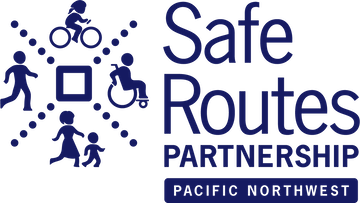The package of comprehensive fact sheets can be used by community leaders, policy makers, activists, and other interested citizens to learn more about creating livable communities for all ages.
Two years ago, Congress made major modifications to the federal Safe Routes to School program. While those changes are still being rolled out by state departments of transportation, it is time to examine how different states have adapted to those changes and how the changes have impacted the availability of Safe Routes to School funds.
Un Manual Sobre Las Rutas Seguras A La Escuela
Краткое руководство по реализации программы Safe Routes to School
Learn more about Safe Routes to School, including essential elements to consider when establishing a program and helpful statistics on the many benefits of Safe Routes to School in your community.
Resources for supporting walkable places.
One of the best ways to make sure that walking, bicycling, and Safe Routes to School programs are vigorous and sustained over time in your district is to include these programs in school district policies.
Student transportation departments have the potential to focus on more than just busing students to school.
While it may seem obvious that shifting trips from vehicles to active modes like walking and bicycling will reduce greenhouse gas emissions (GHG), it has historically been difficult to quantify the benefits that active transportation improvements will have.


